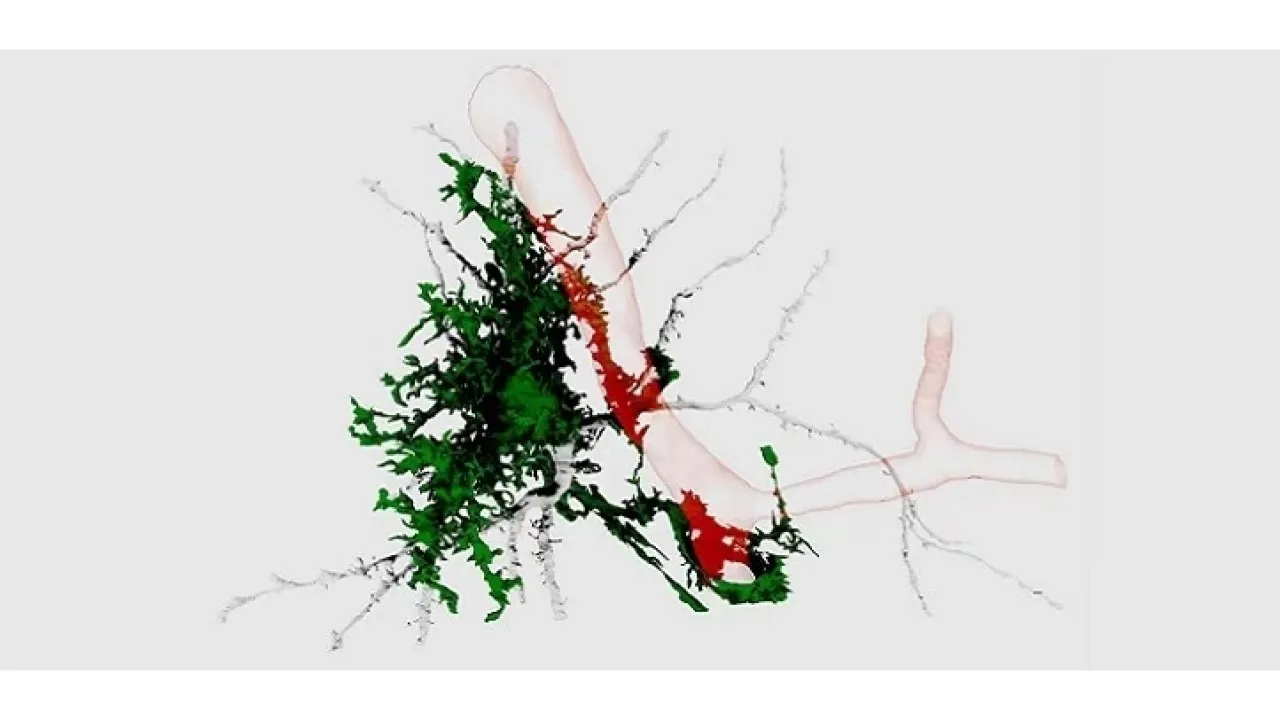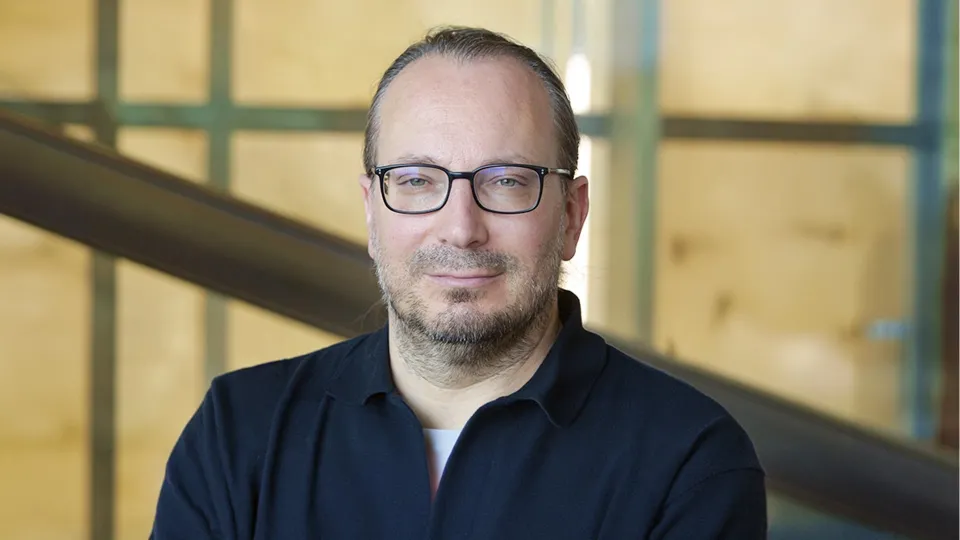
Visualization of brain structures helps to model function
About
Computer simulations and virtual reality are used by KAUST researchers and collaborators in France to visualize the energetic coupling between neurons and astrocytes and to improve understanding of brain metabolism.
The human brain uses more energy than any other organ, accounting for around 20 percent of all glucose-derived energy. Neurons can’t meet their own energy requirements: they depend on supporting glial cells and the neurovascular system to supply various forms of sugar fuel. However, it is still unclear how this neuro-glio-vasculature network manages the brain’s energy demands.
Lactate is a fuel that neurons rely on for their energy needs. It is produced by astrocytes—the most abundant glial cell type in the central nervous system—and is shuttled to neurons. KAUST researchers, in collaboration with colleagues working on the Blue Brain Project at the École Polytechnique Fédérale de Lausanne, have now published the four-stage process they are following to develop computer simulations of the energetic coupling between neurons and astrocytes.
Realistic simulations require an understanding of the cellular space in which the biochemical reactions that manage energy supply take place. “To make biologically accurate models, we employ serial block-face electron microscopy to image thousands of serial sections from rodent brains and use them to make 3D models of astrocytes,” explains Corrado Calì, a researcher in Pierre Magistretti's bioscience team at KAUST. These reconstructions reveal the strategic location of energy stores and power sources (mitochondria) in astrocytic compartments to improve the cells’ energetic efficiency.
Developing bespoke analytical tools to describe the astrocyte’s morphology mathematically enables the researchers to incorporate this information into computer simulations. “This represents a major step forward because, to date, 3D models have mostly been used for qualitative rather than quantitative analysis,” says Calì.
Read the full article

